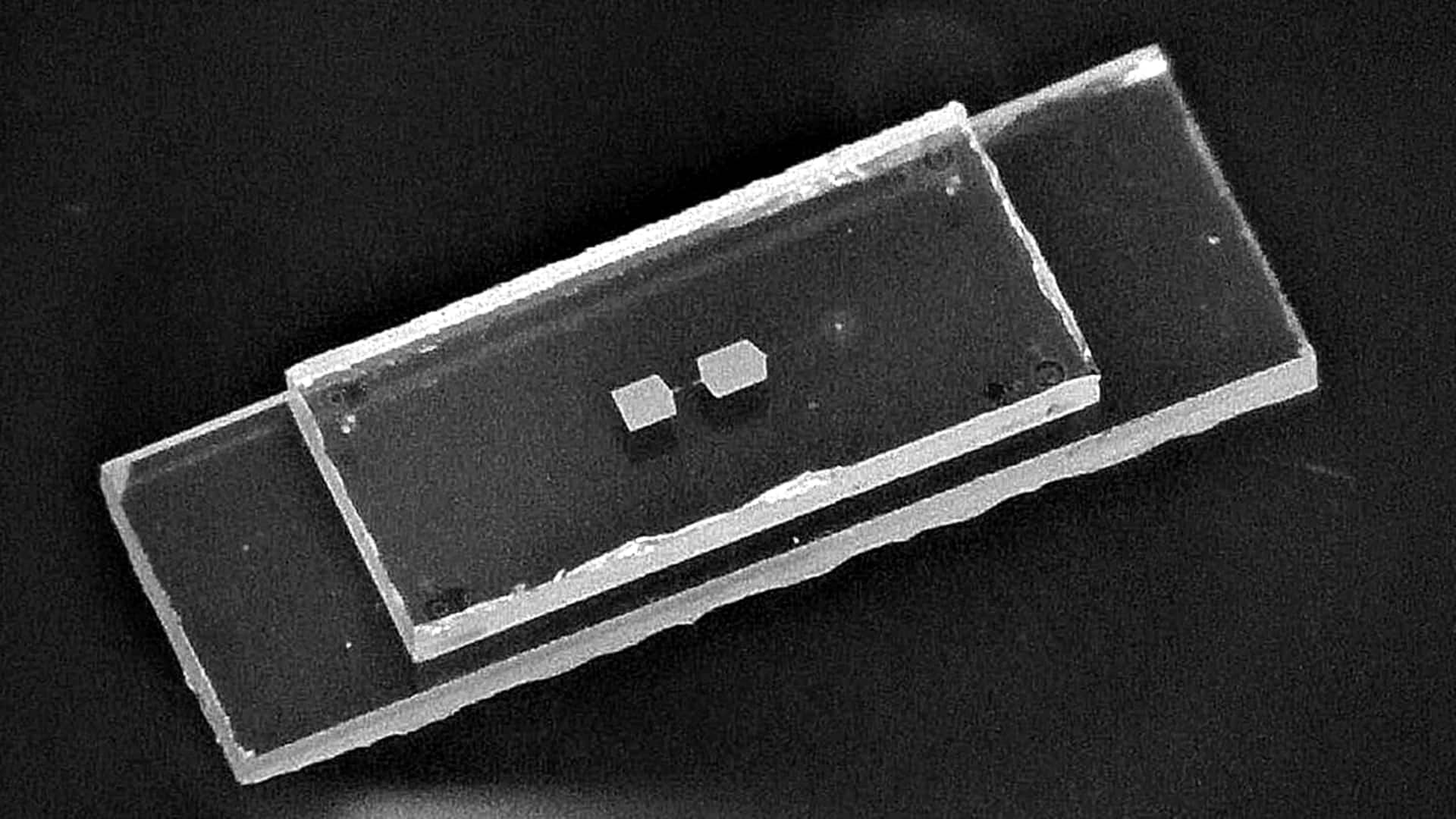
ETH Zurich researchers develop 1st ever fully functional mechanical qubit
What's the story
A team of scientists at the Swiss Federal Institute of Technology (ETH) in Zurich, has successfully created the world's first fully functional mechanical qubit. This groundbreaking quantum innovation is a dual system combining a mechanical oscillator and a superconducting qubit. Unlike traditional virtual qubits, which require multiple physical qubits and error-correcting codes to safeguard quantum information, these mechanical qubits are actual physical systems that don't need this additional layer of protection.
Advantages
Mechanical qubits: A simpler and more durable alternative
Mechanical qubits provide a simpler user experience as they don't rely on complex encoding or multiple qubits working together to work reliably. Plus, they last much longer than their virtual counterparts, which appear and disappear in a matter of moments. "The longer lifetime of mechanical quantum states should prove useful in establishing quantum acoustics as a platform for enhanced quantum technologies," the researchers said.
Obstacles
Overcoming challenges in mechanical qubit creation
The ETH team believes their mechanical qubit could help scientists tackle some of the major challenges of realizing practical quantum computing and sensing applications. Any quantum system with two different energy states that can be separated or isolated from other energy levels is called a qubit. However, making a functional mechanical qubit has long been a challenge for scientists as isolating two energy states is difficult.
Solution
Innovative 2-part system solves energy gap problem
To tackle the energy gap problem, the ETH team created a two-part system. The first part - a mechanical resonator of aluminum nitride - was placed on a sapphire crystal. When an oscillating voltage is applied through the setup, the aluminum nitride dome expands/contracts, generating vibrations that resonate within the material for millions of cycles before fading. Above this, another sapphire crystal with a superconducting qubit and a tiny antenna over the aluminum nitride dome was placed.
Achievement
Successful creation of 1st-ever functional mechanical qubit
When electrical current flows through the superconducting qubit, it creates vibrations in the mechanical resonator. This interaction allows the researchers to control and tune the energy levels of the resonator. By coupling the resonator with the qubit like this, they were able to turn previously evenly spaced energy gaps (harmonic) into uneven ones (anharmonic), thereby creating first-ever functional mechanical qubit.